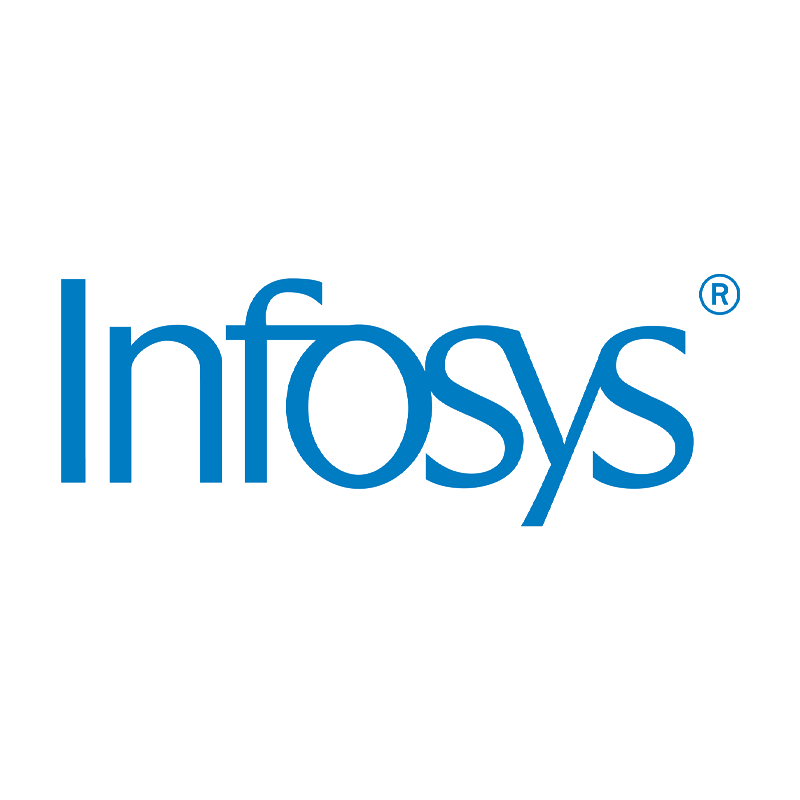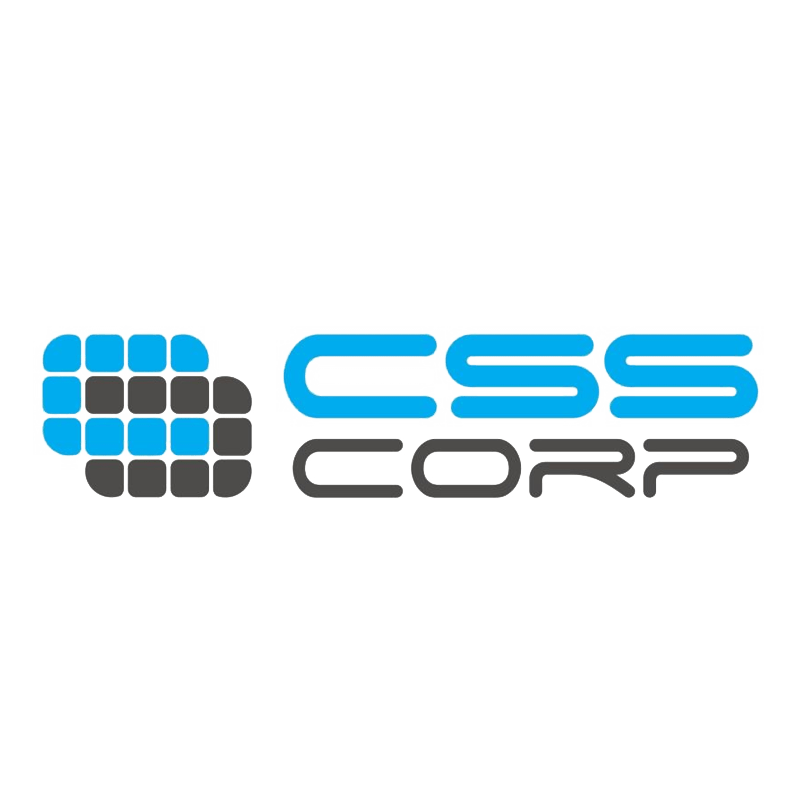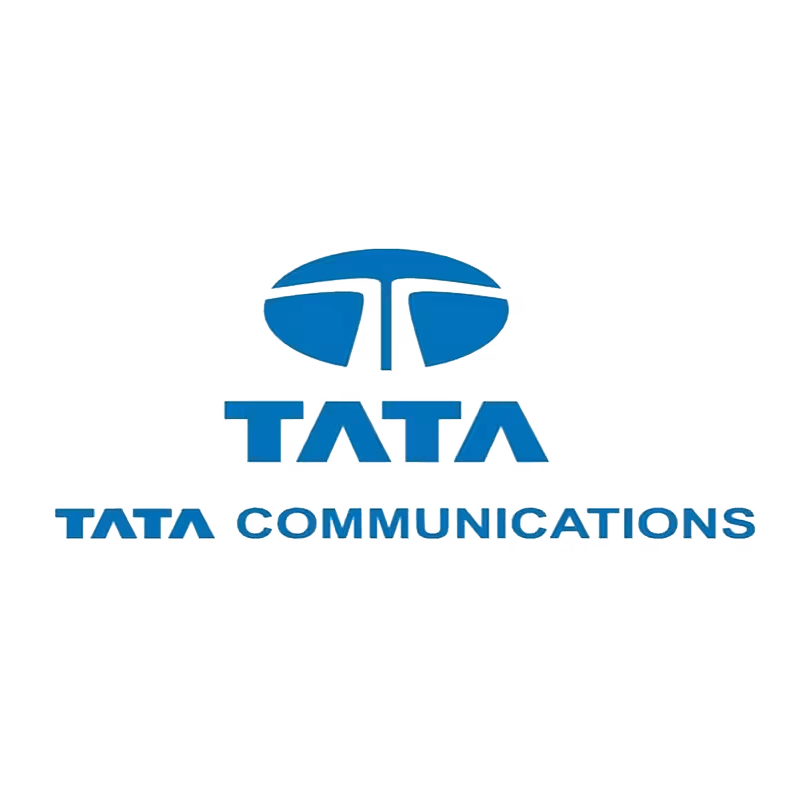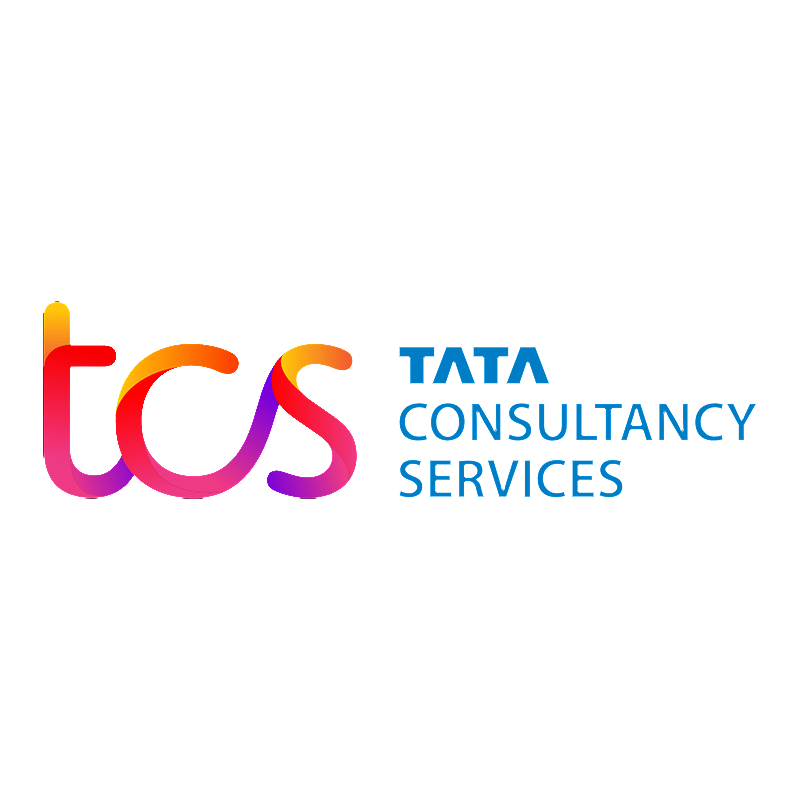3.1 Layer 2
3.1.a Troubleshoot static and dynamic 802.1q trunking protocols
3.1.b Troubleshoot static and dynamic EtherChannels
3.1.c Configure and verify common Spanning Tree Protocols (RSTP and MST)
3.2 Layer 3
3.2.a Compare routing concepts of EIGRP and OSPF (advanced distance vector vs. linked state, load balancing, path selection, path operations, metrics)
3.2.b Configure and verify simple OSPF environments, including multiple normal areas, summarization, and filtering (neighbor adjacency, point-to-point and broadcast network types, and passive interface)
3.2.c Configure and verify eBGP between directly connected neighbors (best path selection algorithm and neighbor relationships)
3.3 Wireless
3.3.a Describe Layer 1 concepts, such as RF power, RSSI, SNR, interference noise, band and channels, and wireless client devices capabilities
3.3.b Describe AP modes and antenna types
3.3.c Describe access point discovery and join process (discovery algorithms, WLC selection process)
3.3.d Describe the main principles and use cases for Layer 2 and Layer 3 roaming
3.3.e Troubleshoot WLAN configuration and wireless client connectivity issues
3.4 IP Services
3.4.a Describe Network Time Protocol (NTP)
3.4.b Configure and verify NAT/PAT
3.4.c Configure first hop redundancy protocols, such as HSRP and VRRP
3.4.d Describe multicast protocols, such as PIM and IGMP v2/v3











